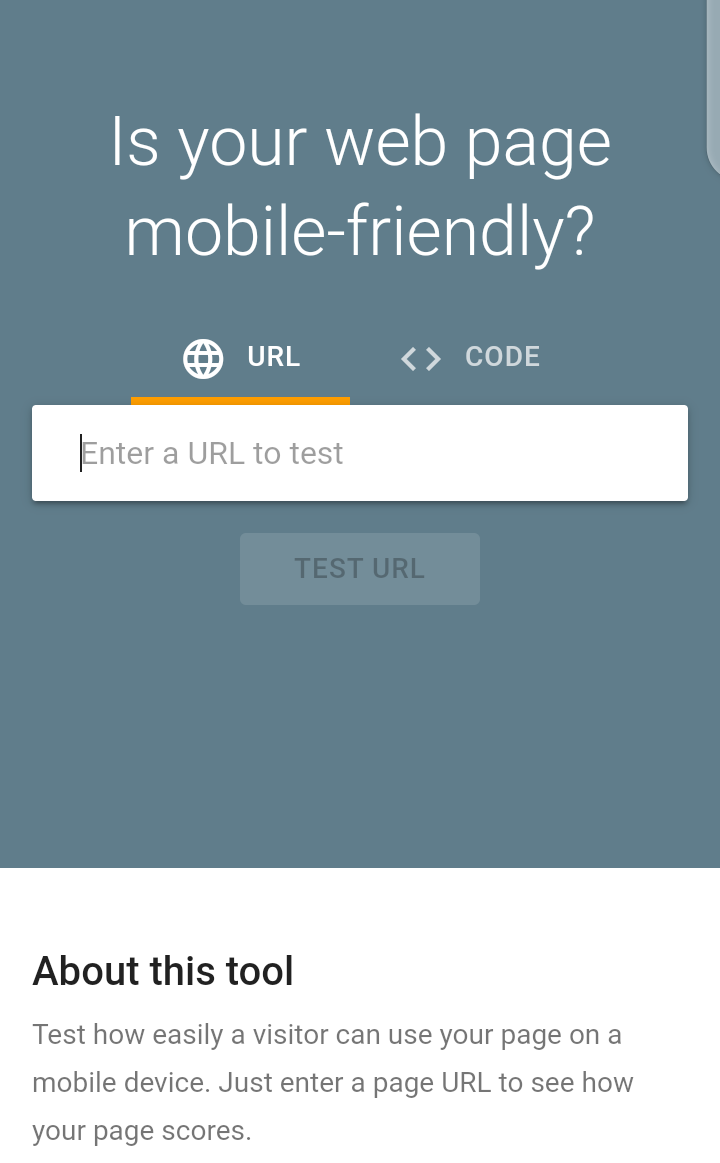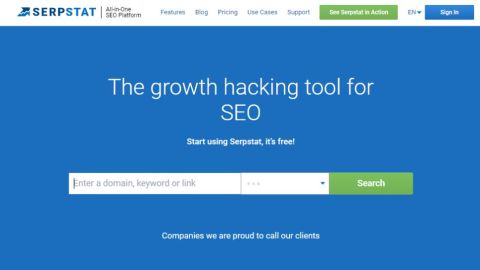
Keywords in the title and description of posts will improve search engine results visibility and help generate more clicks for interested users. Regularly updating your content will keep people engaged and could even lead you to sales or referrals. But how do you optimize your social networks? Luckily, there are many tips that can help you do just that. Read on to learn more about the benefits of SEO for social media. Don't forget Open Graph metadata.
Optimizing your content and profile for the search engines
SEO (search engine optimization) is crucial for websites as well as online business profiles. Many social media profiles appear higher in search results than actual websites. It is crucial to ensure your profiles rank high for the right topics. While the SEO process is similar to that of other types of SEO, the platforms used must be considered. There are several best practices when optimizing content and social media profiles.
The website URL should be included in all your social media content. This is particularly important for social media profiles where users are not allowed to include links to websites in their posts. Your audience will notice that your content has value and they will click through to it. If your audience finds your content interesting, they are more likely to click through your website. When they do, they will find a link to your website's SEO-optimized pages.
Keywords in titles and descriptions

Keyword phrases in titles and descriptions can be detrimental to search engines. Google will remove keywords from certain variations of a title or description, but they will still provide a quality link if they're used correctly. You should also avoid stuffing too many keywords into your title. For example, rather than putting "my site" or the words "my blogging" in the title try "my blog".
Your URL must be optimized, not only for titles and descriptions but also for URL optimization. The URL should be shorter than the title, and include the keywords you want to rank for. Your URL should contain one or two keywords, but they must make sense to your readers. Keyword stuffing is not a good idea as it can make your visitors feel confused. The title must contain relevant keywords related to your website's contents.
Posting often
SEO for social networks requires frequent posting, but high-quality posts. It depends on how much time you have and how much money you have, it may be difficult for you to dedicate the time to regular updates. The more content you post, the more people will view them. Also, poor-quality content could damage your brand and impact your Google rankings. To achieve your posting frequency goals, you must create content that appeals to many audiences.
Google considers the behavioral factors of site visitors when ranking sites in search results. Your site's content is more popular with users who have spent time on it. Google can see that your content has value and is well-written. Regularly posting quality content will increase your rank. You can track engagement levels of your content via your SEO dashboard. Highly targeted posts can increase average time spent on your site.
Open Graph metadata

Google Open Graph provides a free tool to improve brand visibility and increase social engagement on Facebook. This protocol creates social interactions. Open Graph codes should be included in the head section of the website's code. The HTML code can be found here. You can also hire a web developer if you are unsure how to add these tags on your website. You could also install one the popular CMS plugins that will generate Open Graph tags.
Open Graph metadata can help you maximize your off-page promotions. This is because you can choose what content is shared on social media. This is crucial to increasing your organic traffic. You can also hire a company that specializes on SEO for social networks if you don’t have the time or expertise. They will ensure your website looks professional on various social media platforms.
FAQ
What are the differences between SEO strategies?
There are three types of SEO strategies: search engine optimization (SEO), Social Media Optimization (SMO) and Pay-per-click Advertising (PPC).
SEO is a way to optimize content for certain keywords through text formatting and HTML code.
This helps make sure your site appears higher on search results pages.
Social media optimization (SMO), in contrast, involves optimizing your site for social networks like Twitter and Facebook.
These help build your brand reputation online, making visitors more likely to visit your site when searching for related topics.
PPC ads also appear at the top Search Results Pages, showing relevant products & services.
Google paid search is the most used PPC ad type. These ads can be very effective, even though they cost a lot.
PPC advertising can also be done in other ways, such as display ads, video ads and sponsored post.
How Often Should My Site Be Updated?
Regular updates can help improve your website's rankings. But it is not always necessary. It's not necessary to constantly update content that you already have created.
Where do I get my keywords from?
You'll need to consider what kind of products or services you offer and who your ideal customer is, and then look for standard terms related to those things. Once you've got your list of phrases, you can use tools like Google Keyword Planner to see what phrases people are searching for or go directly to popular search engines like Bing, Yahoo, and DuckDuckGo.
How Long Does It Take To See Results From PPC Advertising?
Paid search results are more time-consuming than organic search results. This is because there is no natural flow. When someone searches for something, they expect to see the most relevant results at the top of the page. Paid search results have to be more convincing to convince people to spend money on advertising on their site.
Why should I use Social Media Marketing?
Social media marketing is an excellent way to reach new customers or build relationships with your existing customers. It's easy to build a community around your company by posting interesting articles, engaging with others through comments or likes, and creating a buzz about it. This makes it easier and more convenient for potential customers to find your brand online.
What Should I Know About Backlinks
Backlinks are hyperlinks that point to a webpage through another website. They are one the most powerful tools search engines use to identify the location of a page in search results. Backlinks are especially helpful because they show that someone else believes your content is valuable. If you want to rank highly in search results, you'll need many quality backlinks.
Statistics
- These guides are designed and coded 100% from scratch using WordPress. (backlinko.com)
- Deleting those 10k pages is one of the main reasons that he improved his site's organic traffic by nearly 90%: (backlinko.com)
- And 90%+ of these backlinks cite a specific stat from my post: (backlinko.com)
- 93%of online experiences today begin on search engines. (marketinginsidergroup.com)
- If two people in 10 clicks go to your site as a result, that is a 20% CTR. (semrush.com)
External Links
How To
How to create a successful SEO campaign
If you do creative writing, you've got to learn how to separate yourself from the pack.
You'll find that most writers are very similar. They often follow the same patterns in writing. They repeat themselves, and they fall back on cliches.
It is important to break free from these patterns and come up with new ideas. It's about thinking outside the box.
This also means that you need to find ways to make your writing interesting. Writing for an audience requires that you consider their motivations. What drives them? What makes them laugh? What makes them feel sad?
What excites and scares them? What scares?
Think about these questions when you sit down to write. Ask yourself why you think someone would care about your words. Why would anyone want to read your words?
Once that is done, you are ready to begin writing your story.
Start with your hook. It is important to start with your hook. It's the first impression your readers make of you. Choose wisely.
Next, determine whether your piece is informational or persuasive. Informational pieces explain facts. Persuasive articles convince readers to agree.
Decide whether you are going to tell stories, or give examples. Stories are fascinating. Exemples are an example of how something works.